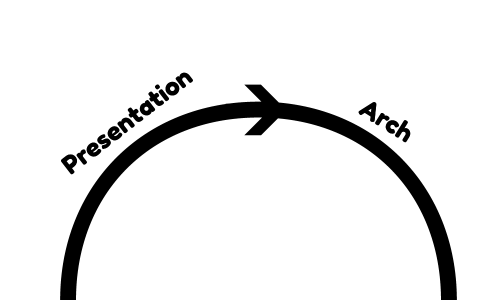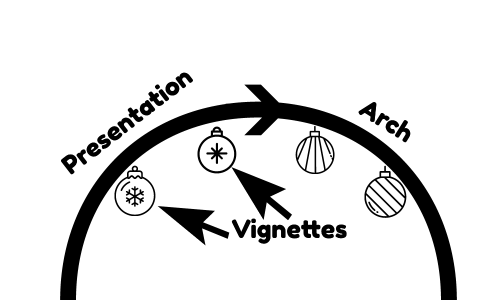Presenting is storytelling.
Every time you present at work, you are telling a story. The story can influence and persuade people, or it can confuse them – depending on how you give the presentation.
In the past, a story meant a “real story” with plot and characters. Nowadays, a story is anything that evokes a response.
Yes, the definition of a story is now broader more than ever. That’s because the mediums for communication have grown like never before. In addition to books and TV, we also have PowerPoints, Twitter, Instagram, blogs, etc. So an anecdote, an image, and even a tweet can be considered a story.
With more social mediums popping up, the definition and use of storytelling can become confusing.
Storytelling for Presentations Demystified
Every presentation has two type of stories: The main narrative story and the vignettes.
The narrative story is the big overarching story of your presentation. It has a beginning, middle, and end. You start with an introduction that sets up your argument and thesis. Then, you have a middle part where you flesh out your arguments and claims. In the end, you conclude and call the audience to action.
That’s it. There is nothing more to it. If you follow this structure, then you have a good narrative.
The vignette is the sub-story. The vignettes are the anecdotes, the customer success stories, the personal stories you embed in your overall narrative. The whole purpose of a vignette is to add substance and emotional appeal to your story which is the presentation.
Conclusion
If you think of presentation storytelling as two sets of stories, then you will not be overwhelmed again. A presentation is nothing but a big narrative with many smaller stories embedded into the presentation.
Good to know: With the proliferation of social media sites, I expect the word “storytelling” to be used more often. To avoid that feeling of being overwhelmed, frustrated and confused, always look at the context of use, for example, a story on Twitter is different than a story on Facebook, and your presentation is a different story altogether.






